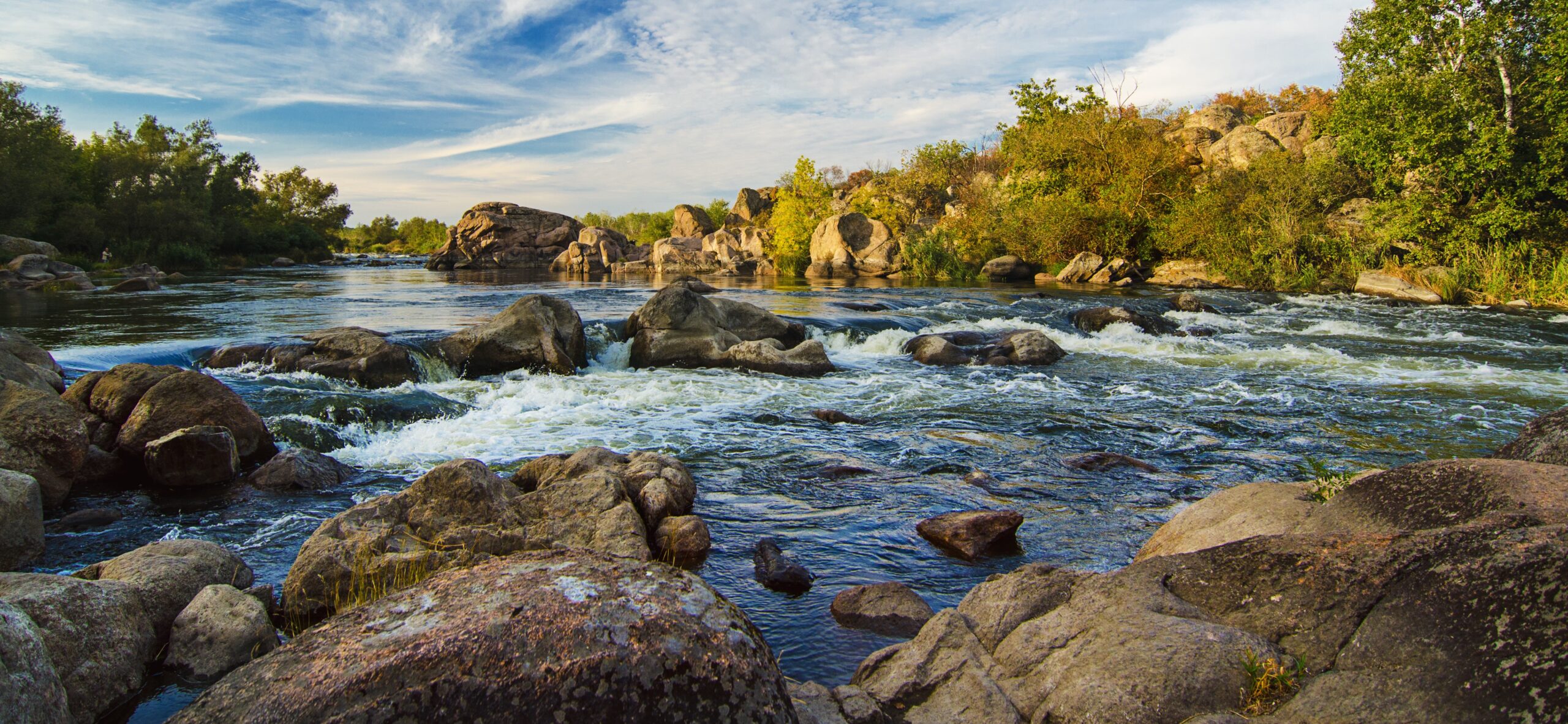
Fact Sheet
Wildlife Disease
Overview
Wildlife, or “zoonotic” diseases, are caused by the transfer of pathogens between animals and humans. Over 75% of emerging diseases originate in wildlife. Their spread is exacerbated by deforestation, wildlife exploitation, development, and poor waste management, all of which increase wild animal-human proximity and the chance of wildlife disease spillover. The costs of wildlife diseases to public health are enormous, and tend to fall disproportionately on BIPOC communities, stemming from poor healthcare access and structural discrimination. If states do not take action, wildlife diseases will continue to spread, and future pandemics could be even harder to control. Experts identify the One Health approach – a recognition of the interconnections between the health of people, animals, and our shared environment – as one of the best ways to respond to the threat of zoonotic disease.
Key Points
Key Point 1
Approximately one-quarter of human deaths are caused by infectious diseases and nearly 60% of infectious diseases originate in wildlife. (EcoHealth)
Key Point 2
Examples of wildlife diseases include: COVID-19, HIV, Malaria, Ebola, SARS, bird flu, swine flu, West Nile and Lyme disease, and almost all started with wildlife exploitation through trade or hunting. (CDC)
Key Point 3
Nationally, Black, Hispanic and Native Americans suffer from disproportionate COVID-19 case and death rates while often living in low income areas that enable production of disease carrying mosquitoes. (NPR)
Key Point 4
Wet markets bring together wildlife, domestic animals and humans that might never be in close contact otherwise - this allows disease to spill over to humans and between species. (Scientific American)
Policy Options
- Oregon HB 4128 (enacted 2022): Prohibits the sale of live animals for human consumption except for “farm use.” Directs Fish and Wildlife Commission to update restrictions for the import and trade of wildlife that pose an elevated risk.
- Missouri HB 3509 (enacted 2023): Appropriates $78 million for the design and construction of a multi-agency One Health Laboratory (see p. 27 Section 20.610).
- Texas S.B. 811 (enacted 2023): Requires the Texas Animal Health Commission, upon a wildlife disease outbreak, to notify each adjacent landowner and the Parks and Wildlife Department on the nature and location of the outbreak.
- Washington SB 5693 (enacted 2022): Appropriates $1 million for the creation of an environmental forensics research center to help disrupt and dismantle illegal international wildlife and plant trade (see p. 703 #47).
- New York S.B. 4859 / A. 5682 (passed but vetoed 2023): Requires state contractors to not contribute to tropical forest degradation or deforestation; establishes a supply chain transparency program to assist minority- and women-owned businesses.
- Arkansas SB 476 (enacted 2023): Creates the Rural Veterinary Student Scholarship Program and requires that all graduates complete advanced training in public health, livestock biosecurity, foreign animal disease diagnosis, regulatory veterinary medicine, and zoonotic disease.

Empower State Environmental Champions
Your donation funds the fight for equitable actions that protect the environment and our health.
Donate